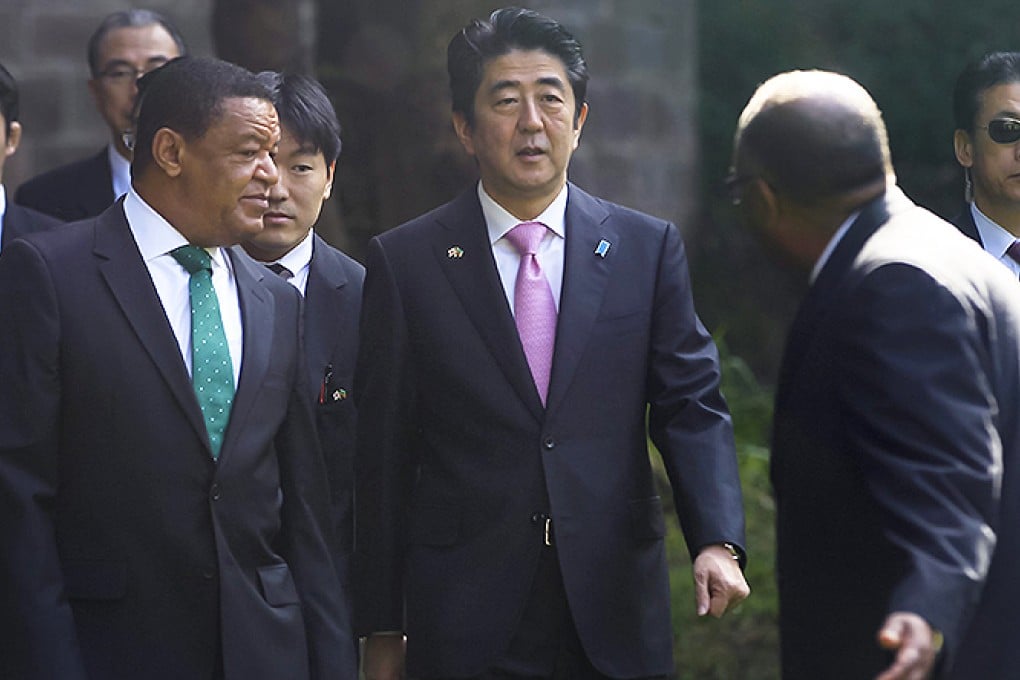For an upside of Sino-Japanese rivalry, look to developing Africa
Kai Xue says through investment and aid, both governments seek to win support and build goodwill

Japanese Prime Minister Shinzo Abe recently passed through Africa on a multi-country tour, an opportunity for Japan to propose its economic development package to Africa. Given the US$200-billion-a-year trade between China and Africa, comparisons were natural, but they were made even livelier by the competitive words of the Japanese delegation.
Abe's spokesman pitched Japan as offering a people-to-people approach featuring transfers of technical skills, against the Chinese engagement, which was about venal leaders living in "beautiful houses" built by Chinese aid.
Chinese foreign minister Wang Yi had days earlier remarked during his own African tour that Japan was driven by self-serving interests in lobbying African support for a permanent seat on the UN Security Council.
The acrimony created by the two state tours, amid a low point in Sino-Japanese relations, obscured just how complementary China and Japan are in uniting economic development in Africa.
Chinese and Japanese operating plans are similar both in aims and execution. A main feature of Japanese aid is providing concessionary loans to build infrastructure like bridges. The Japanese delegation also emphasised training programmes for doctors and teachers.
This is similar to Chinese aid and government-sponsored investment. China also builds public infrastructure like bridges, stadiums and government offices, as well as beautiful presidential residences as gifts or funded by low-cost loans, mainly from the Export-Import Bank of China or China Development Bank. Rounding this out are scholarships and training, with an estimated 12,000 African students in China on government scholarships, a much greater number than offered by traditional donors.